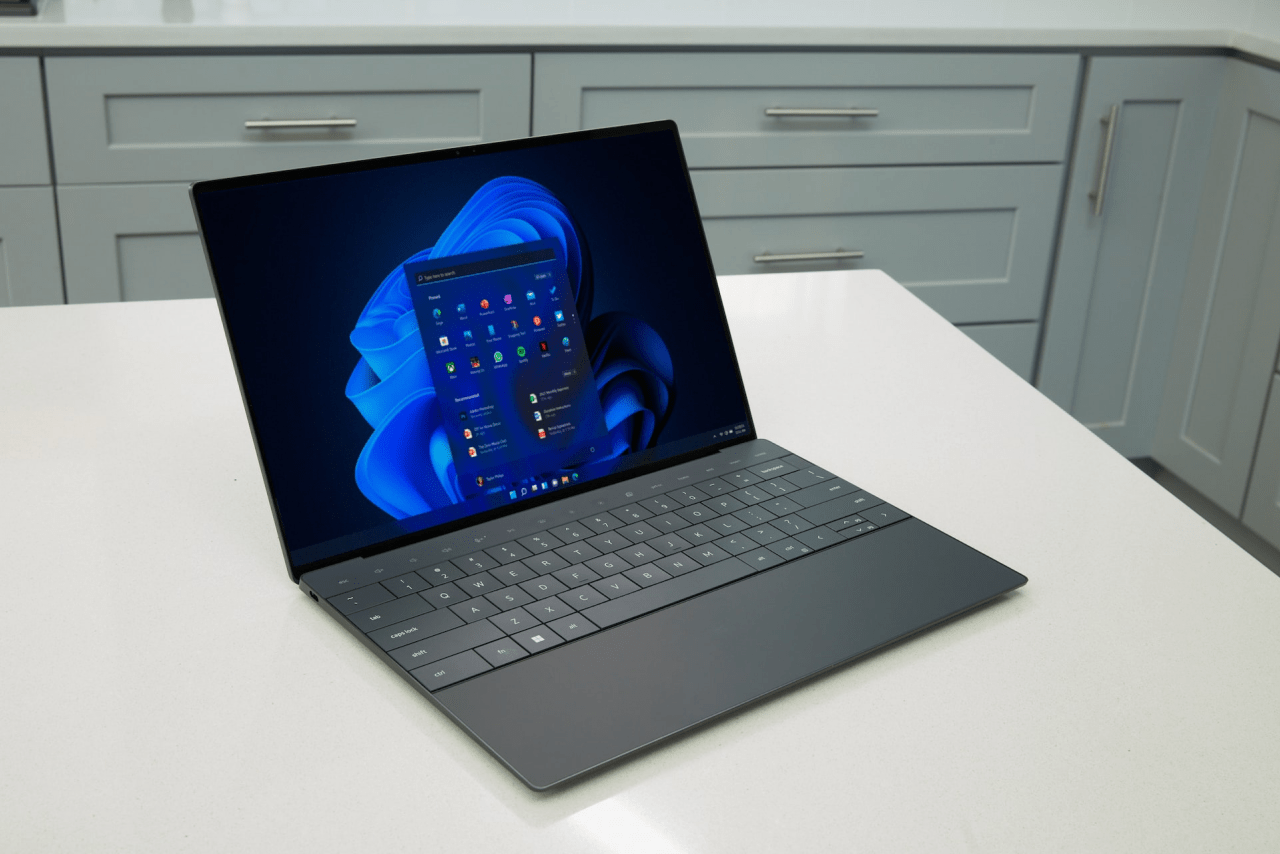All project managers have to face this issue at some point in their career – which software to choose for your project? A project management software comparison should naturally always be guided by the particular needs of your team and your clients. There is simply no one-size-fits all. Nevertheless, there are some features that distinguish a great PM tool and are needed in almost every project. Which features are those? Let’s take a look.
Always Consider Collaboration Possibilities While Doing A Project Management Software Comparison
It might sound like a cliché, but communication and collaboration are the cornerstones of every project. A proper PM software should facilitate both. Having an in-built communication channel and a way for all the relevant people to access the relevant tasks (including, for example, file sharing or team dashboards) is an absolute must have. This way, everyone knows exactly what is required, how much of it is required and when is it required.
Besides, from a psychological standpoint, knowing one’s role clearly and having the possibility to easily communicate with other team members can foster a sense of belonging and being a part of a greater whole.
Scheduling And Planning Should Be On Point
And there are PM software features that should allow for both. A good tool for your project might have the following:
- Task prioritization
Whether it’s by colour distinguishing or some other method, prioritizing the most important task is crucial for every project.
- Shared calendar
A calendar for every team member to see, to organise meetings, schedule appointments and set important dates and milestones? Another must have.
Don’t Forget A Proper Task Assignment
It’s important for team members to see the workload of their colleagues and the priorities assigned for each task. As a project manager, it is up to you to create and delegate obligations evenly and to set time estimation for each task so that all members of your team can start planning their schedule accordingly.
As a project manager, you can then clearly monitor the work’s progress and deal with any complications right as they arise.
All The Documents In One Place
You should have options available other than Excel or third-party software to manage your data. Some of the good project management software can, to a great degree, take on this role.
It is always important to have all of your data stored in a single place, whether we’re talking about future projects or projects already completed, customer-related data, resources, finances, calendar events and others.
With a proper PM tool, you can quickly access and share all this information. Without delving into the realm of endless storage of Excel spreadsheets to find a single piece of data.
Comprehensive Data Storing Is Great, But Don’t Forget To Turn It Into Report
Having your data conveniently stored is good, but oftentimes, you need to make a tangible report out of them. Whether it’s a financial report, progress report or performance report, your PM tool should make it easy to turn your raw data into a more polished, comprehensive report without having to resort to a different software.
That was our two cents to the topic of what is useful in a PM software and what could potentially guide you when choosing one. For a more in-depth look at individual software, check this article. But perhaps you value different features the most – tell us which ones in the comments!
- AML Consulting Samson Solutions: Simplifying Compliance for Modern Businesses - February 4, 2025
- Erotic Massage at Imperium Massage. Why Are More Women Choosing These Procedures? - January 24, 2025
- Revolutionize Your Look with Hairline Microblading: The Ultimate Solution for Natural-Looking, Fuller Hairlines - January 24, 2024
